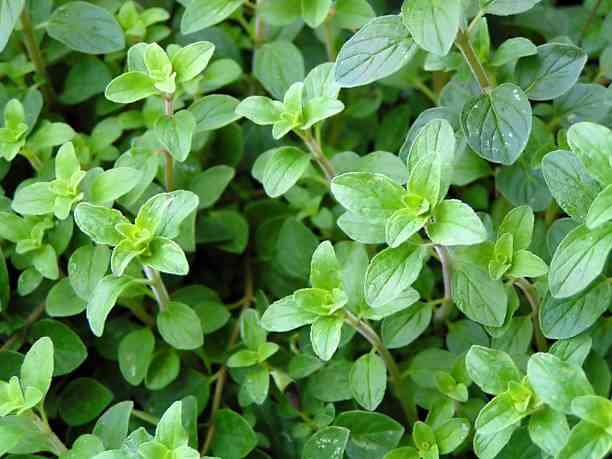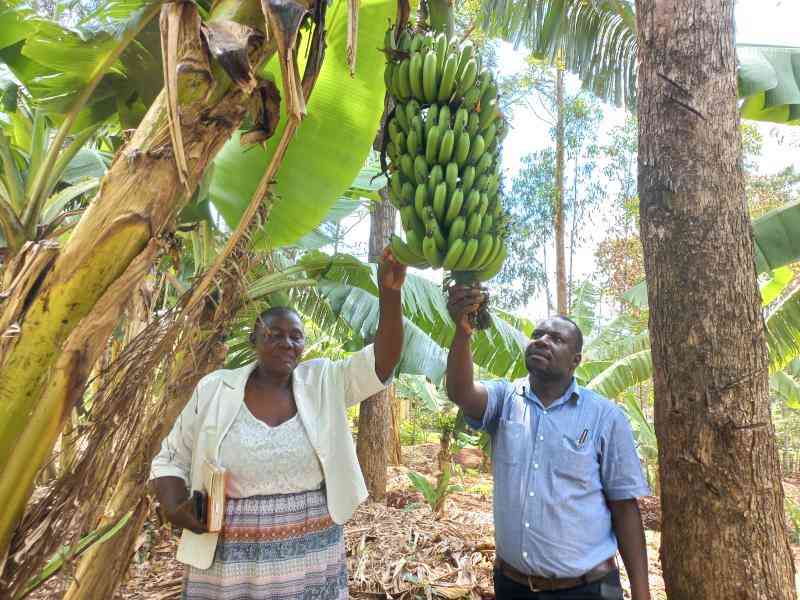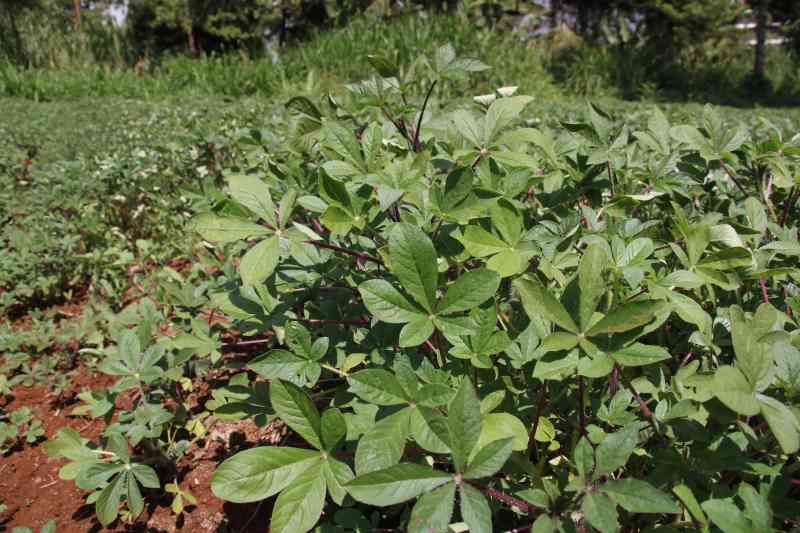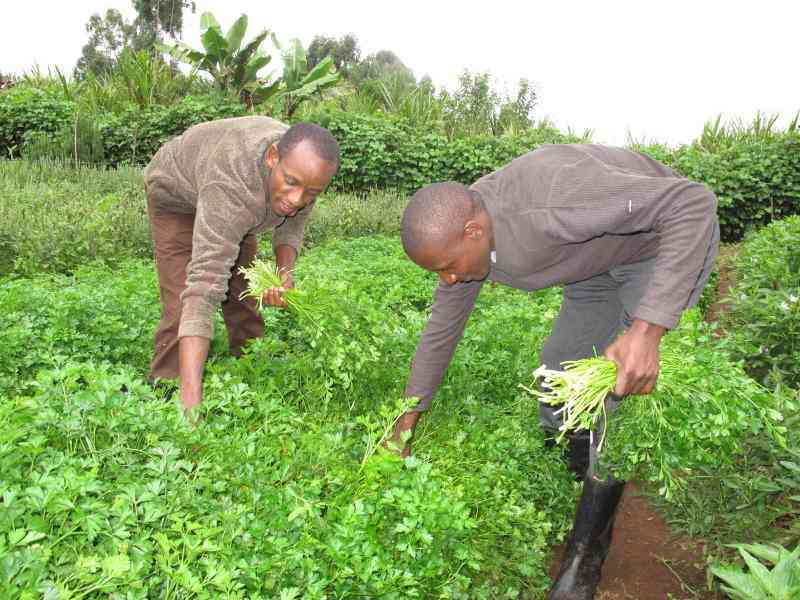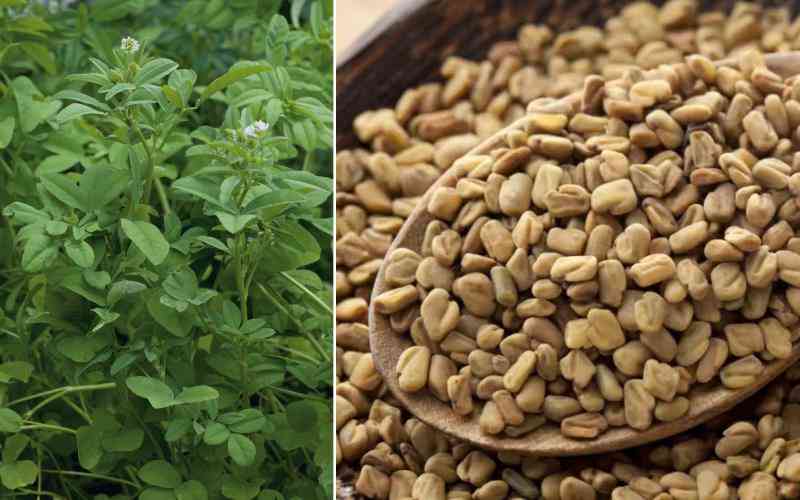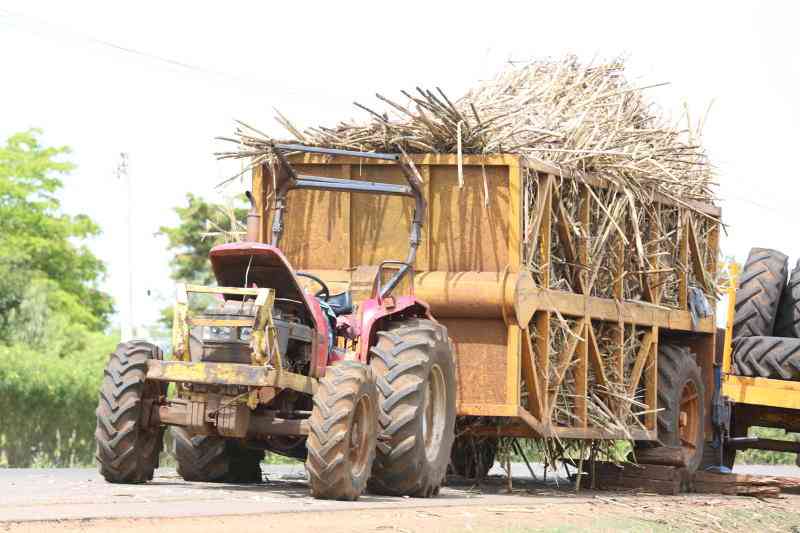
The chia crop, which has its origin in Mexico, is grown for its seeds and is slowly gaining popularity among farmers and consumers in Kenya.
The tiny and multi-coloured seeds have a wide spectrum of uses either as seeds or ground into powder.
According to farmer, Eric Kariuki, from Nyeri, one starts by obtaining seeds from reputable shops and doing soil testing as needed.
“An acre of land might require about 10 kilos of the seeds,” says Mr Kariuki. Farming chia involves cultivating the chia plant (Salvia hispanica) for its seeds, which are highly nutritious and can be used in a variety of culinary applications. Here are the basic steps to chia farming.
Climate and Soil Conditions
Chia plants thrive in regions with warm temperatures and well-drained soil. They require plenty of sunlight for optimal growth.
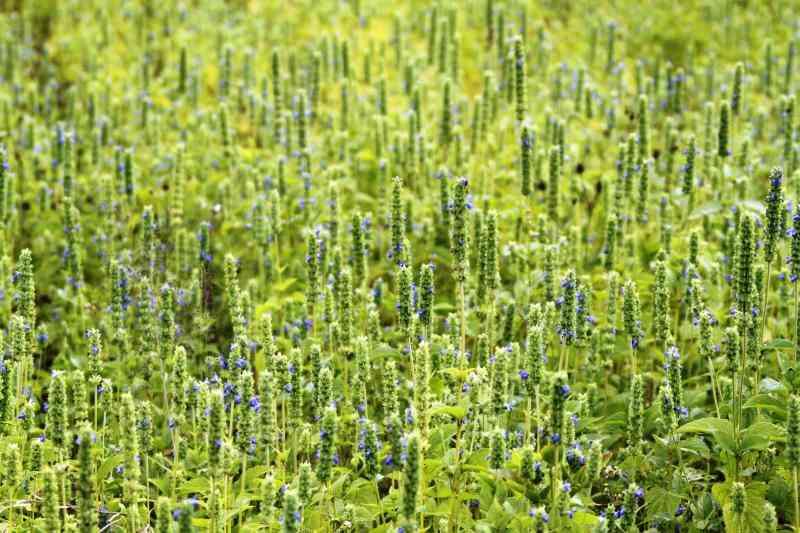
Sandy loam or loamy soils are ideal for chia cultivation. The soil should have a pH level ranging from slightly acidic to neutral (pH 6.0 to 8.0). “Soil fertility is also important, and organic matter content should be moderate to high,” he says.
Choose high-quality chia seeds from a reputable source. Ensure they are suited to your climate and growing conditions.
Soil preparation
Prepare the soil by tilling it to a fine texture and removing any weeds or debris. Chia plants prefer slightly acidic to neutral soil with a pH range of 6.0 to 8.0.
Plant chia seeds directly into the prepared soil once the danger of frost has passed and the soil has warmed up. Sow the seeds thinly and evenly, about a quarter to a half inch deep, with rows spaced about 12 to 18 inches apart.
Keep the soil consistently moist but not waterlogged during the germination period, which typically lasts one to two weeks.
“Once established, chia plants are fairly drought-tolerant but will still require regular watering, especially during dry periods,” says Mr Kariuki.
Weeding and Maintenance
Remove weeds regularly to prevent competition for nutrients and water. Mulching around the plants can help suppress weeds and retain soil moisture.
Fertilisation
Chia plants are not heavy feeders but you can apply a balanced fertiliser (such as a 10-10-10 formula) sparingly during the growing season to promote healthy growth.
Pest and Disease Management
Chia plants are relatively resistant to pests and diseases, but occasional infestations of insects like aphids and diseases like powdery mildew may occur. Integrated pest management (IPM) strategies, including crop rotation, companion planting, and the use of organic pesticides, can help manage pests and diseases sustainably.
“Maintaining biodiversity in and around chia fields can help promote natural pest control and soil health. Avoiding monoculture and incorporating diverse plant species can support beneficial insects, pollinators, and microbial communities,” says Mr Kariuki.
 The Standard Group Plc is a multi-media organization with investments in media platforms spanning newspaper print
operations, television, radio broadcasting, digital and online services. The Standard Group is recognized as a
leading multi-media house in Kenya with a key influence in matters of national and international interest.
The Standard Group Plc is a multi-media organization with investments in media platforms spanning newspaper print
operations, television, radio broadcasting, digital and online services. The Standard Group is recognized as a
leading multi-media house in Kenya with a key influence in matters of national and international interest.

